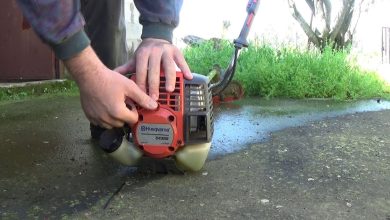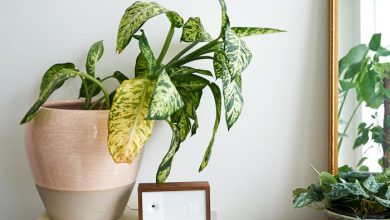Common Jasmine Cuttings: [Grafts, Time, Rooting and Planting]
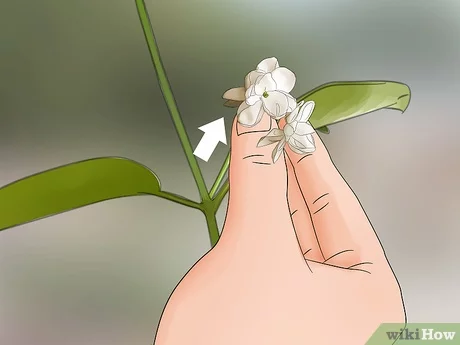
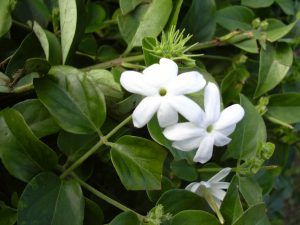 Common jasmine is one of the favorite species to have at home because it is easy to care for, it produces very beautiful flowers and its aroma is attractive.
Common jasmine is one of the favorite species to have at home because it is easy to care for, it produces very beautiful flowers and its aroma is attractive.
Propagation by cuttings is a process that can be carried out without major complications if the correct steps are followed.
Based on this, we have prepared this complete guide that answers the most frequent questions when it comes to planting common jasmine cuttings.
With what other plants or trees can we graft the common jasmine?
 common jasmine» width=»300″ height=»200″ />The most common way to apply jasmine grafting is with gardenias. This process results in pure white flowers, of a good size and with an exquisite smell.
common jasmine» width=»300″ height=»200″ />The most common way to apply jasmine grafting is with gardenias. This process results in pure white flowers, of a good size and with an exquisite smell.
It can be achieved by carrying out the process at home or buying the seedlings already worked in a specialized store.
As they are plants that can be kept in pots or planted directly in the garden, a beautiful visual impact will be obtained.
What is the best time to plant common jasmine cuttings?
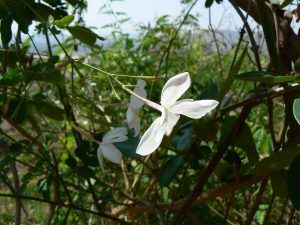 The best time to plant common jasmine cuttings is during late spring.
The best time to plant common jasmine cuttings is during late spring.
However, this time can be extended until the beginning of summer, taking care to take them at a time of day with good temperatures.
It is also necessary to ensure that the land where they will be planted remains moist enough.
How to get common jasmine cuttings to root correctly?
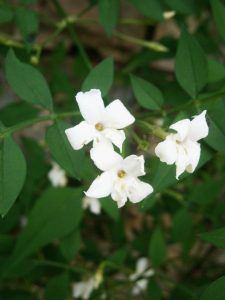 Common jasmine cuttings will have to be planted taking care that the oldest leaves are removed.In other words, only those that are at the top prevail because they are the newest.
Common jasmine cuttings will have to be planted taking care that the oldest leaves are removed.In other words, only those that are at the top prevail because they are the newest.
After that, the base of the cutting that will come into contact with the soil will have to be treated with a rooting hormone .This will help the cutting take root faster and increase the success rate.
Other important data revolves around the conditions of the earth. The first thing is that it must have some level of nutrients to help in the whole process.It is also important to supply enough moisture, preventing the soil from drying out, as it helps improve root formation.
Although the cuttings can be planted directly in the garden, it is best to offer them a more private space in which to carry out this important process.A planting container or tray will be more than enough and it will only be necessary to fill it with a universal fertilized substrate.
To help with drainage, it will be possible to incorporate a layer of perlite or river sand.The next thing will be to open the hole where the cutting will be inserted, which can be with our own fingers, place it and press a little earth around it so that it remains firm.
To finish, the soil is slightly moistened and the tray is placed in a space where it receives indirect sunlight.
How should we take the common jasmine cuttings to plant them?
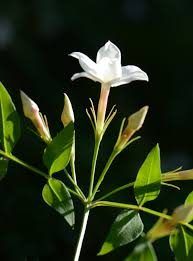 Common jasmine cuttings should be taken from a plant that is already mature.We get these after spring is well into or during the first days of summer.
Common jasmine cuttings should be taken from a plant that is already mature.We get these after spring is well into or during the first days of summer.
The recommended length of the cuttings should be 15 centimeters and they should be cut above a node.If you do not know how to differentiate the structure that it should have, make sure that it is green in 70% of its length.
In the rest it could have some brown spots that will not affect the multiplication process.As a last recommendation, it is best that the cutting of the cutting is done in the time of best temperature. That is, during the early hours of the morning.
How long should we leave common jasmine cuttings in water?
Common jasmine cuttings do not need to go through the humidification process in order to grow roots.What can help to produce them more quickly and with quality is that a rooting hormone is used.
Is it convenient to use fertilizer or compost?
Yes. Common Jasmine will develop roots better when established in an environment with a high nutrient content.To achieve this objective, the prior application of organic matter to the land that will be used for planting is proposed.
How long does it usually take for a common jasmine cutting to come out?
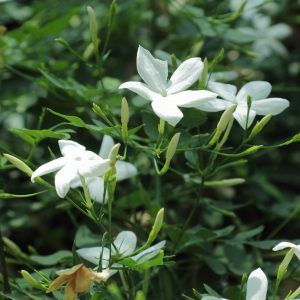 The roots of the common jasmine cutting usually take 4-6 weeks to develop.
The roots of the common jasmine cutting usually take 4-6 weeks to develop.
After verifying that they already have them, the next step will be to transplant them to the garden or to the pot where they will be at the end, if applicable.
The good thing about planting with cuttings is that its growth rate is faster and, therefore, it will produce a flowering in a short time.
So now you have all the knowledge to be successful in this process, you just need to get down to work.

![Photo of Sow Alfalfa: [Substrate, Irrigation, Images + Step by Step]](https://www.complete-gardening.com/wp-content/uploads/2022/08/sow-alfalfa-substrate-irrigation-images-step-by-step-390x220.jpg)
